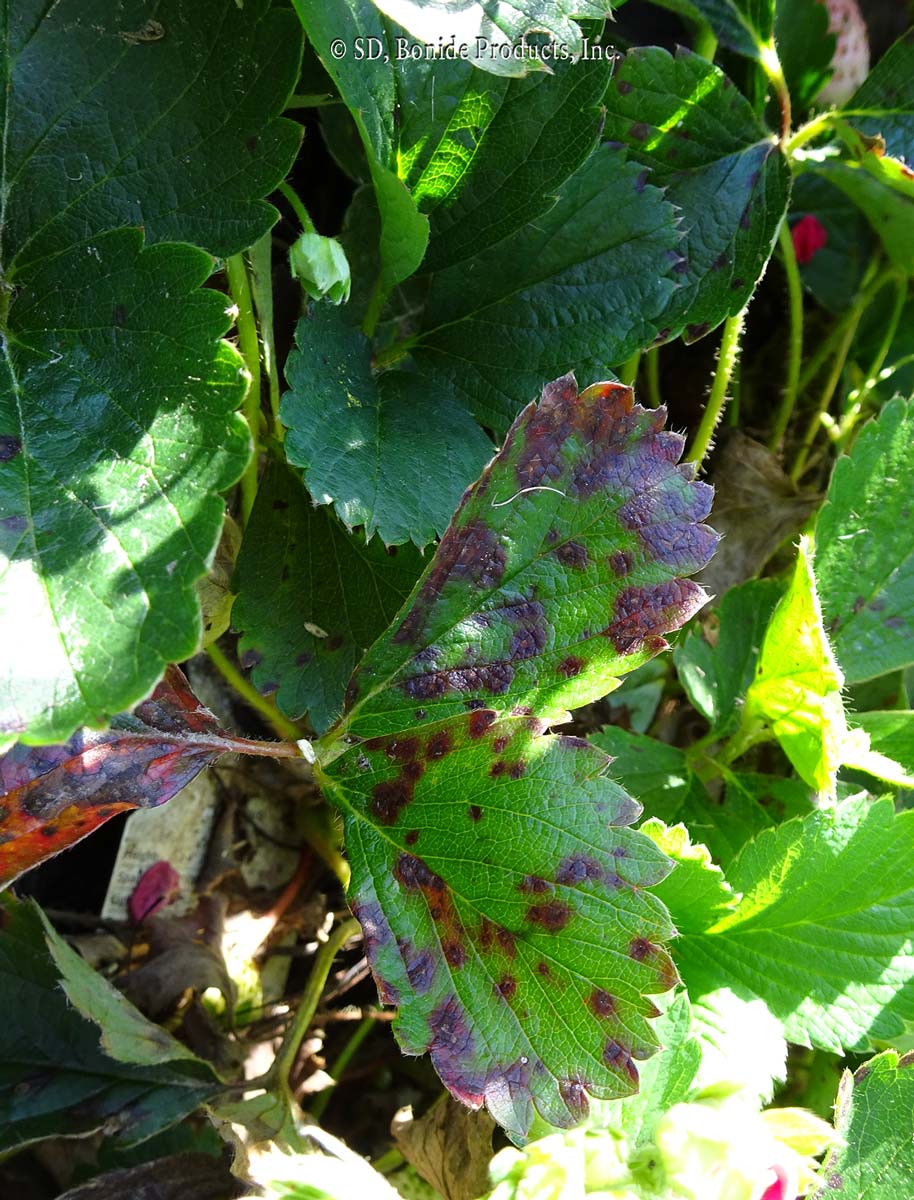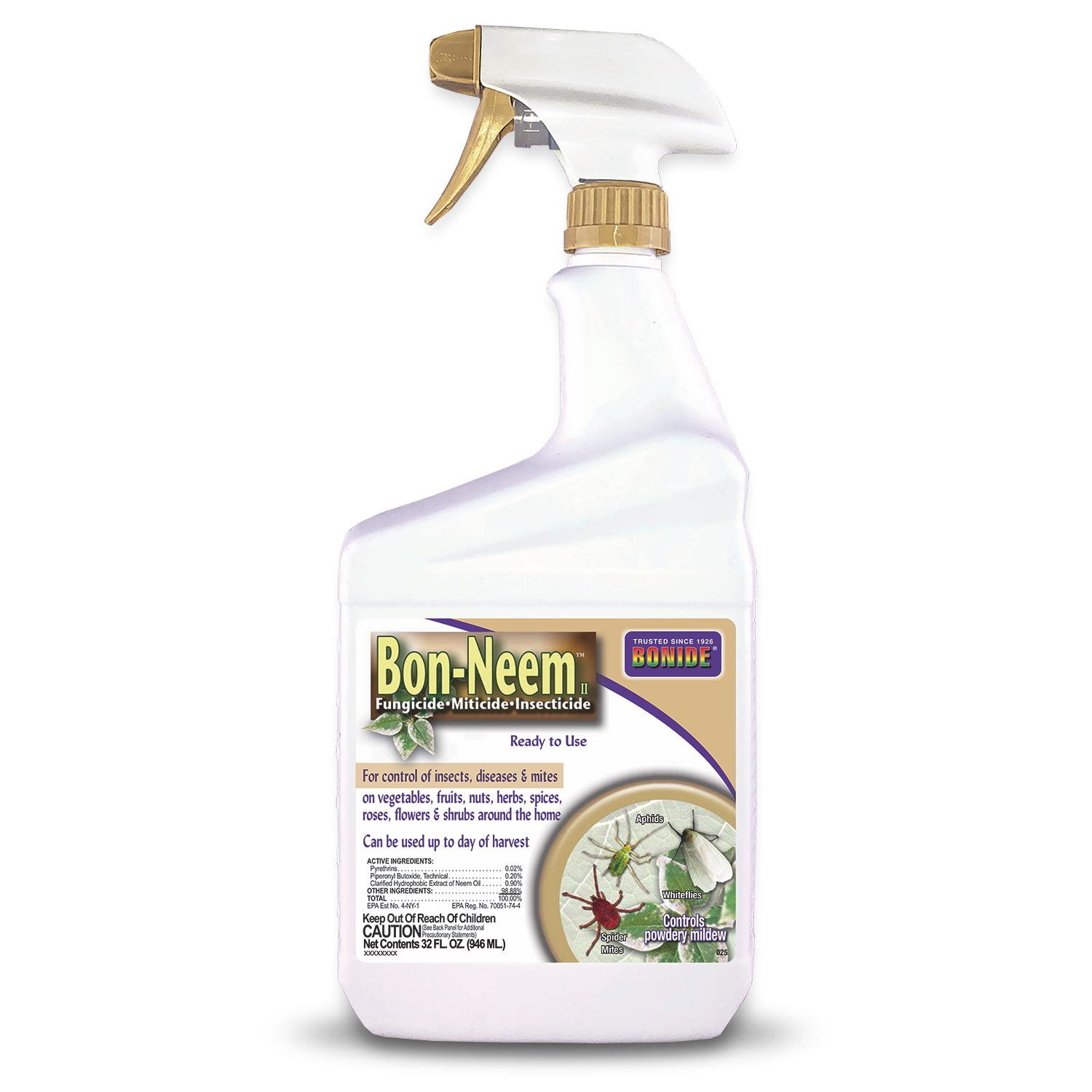
Leaf Spot is a common descriptive term applied to a number of diseases affecting the foliage of ornamental and shade trees. The majority of the leaf spots are caused by a variety of fungal pathogens but some are caused by bacteria. Anthracnose is a term for a group of loosely related fungal diseases that often cause irregular blotches on leaves. For more specific information about anthracnose see the separate disease profile on anthracnose.
The organisms that cause leaf spots survive in fallen infected leaves and twigs. Some may remain in dead twigs on the tree.
All species of shrub can potentially develop leaf spots, but some species are more susceptible than others.
Damage:Damage: Spots on foliage. The spots will vary in size and color depending on the plant affected the specific organism involved, and the stage of development. Spots are most often brownish, but may be tan or black. Concentric rings or dark margin around the spot may be present. Fungal bodies may appear as black dots in the center of the spots. Over time the spots may combine to form blotches. Spots or blotches that are angular and located around the veins are generally referred to as anthracnose (see disease profile on anthracnose). Leaves may yellow and drop prematurely.
Control:Fungicide, pruning, flower care sprays.
Notes:Remove infected leaves and dead twigs. Keep foliage dry. Avoid overhead watering. Prune for good air circulation.







